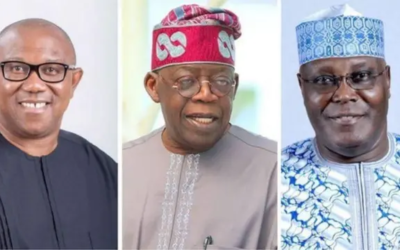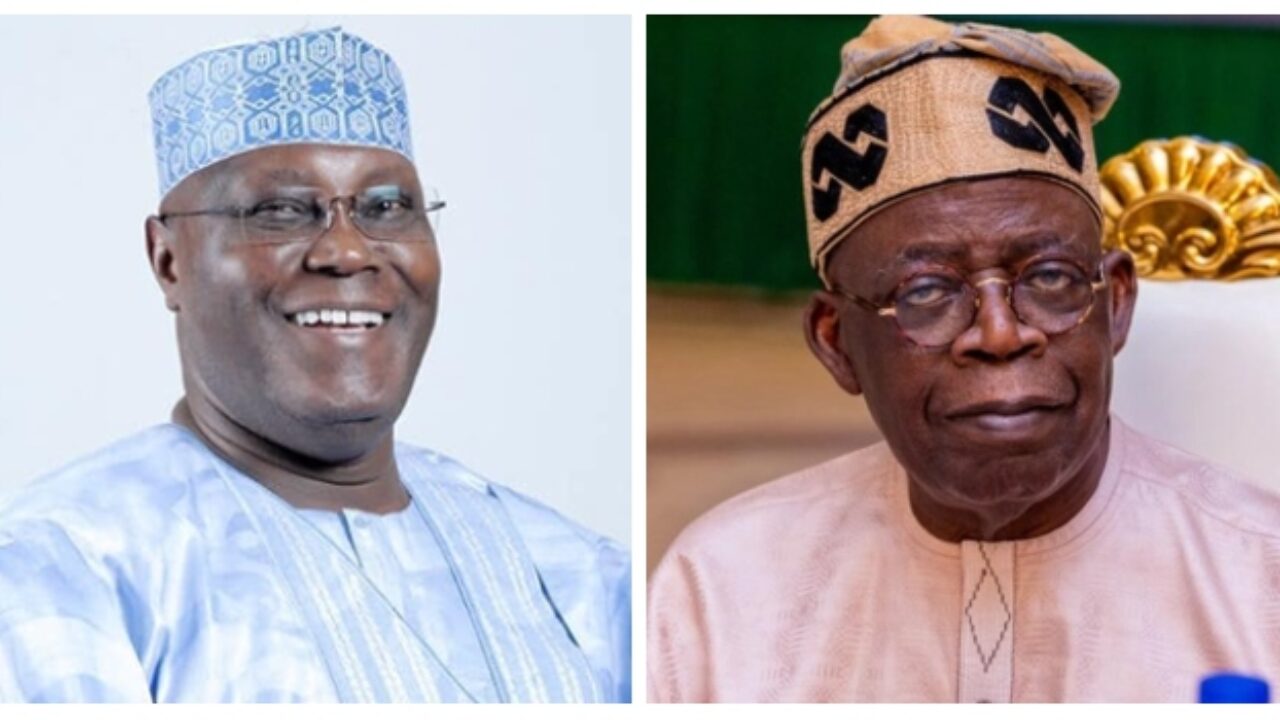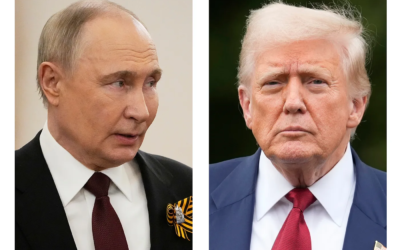
13 protest-related deaths in Kenya
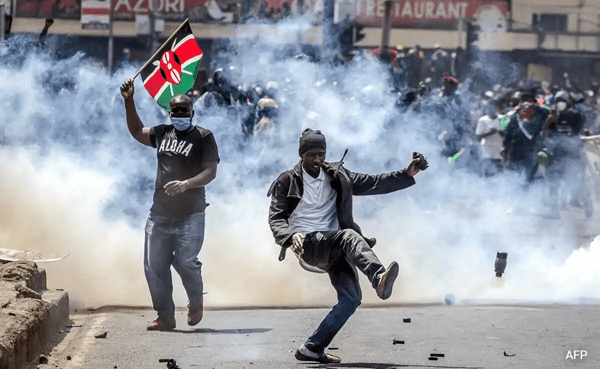

According to a representative of Kenya’s primary doctors’ union, the number of people killed in protests has increased to 13, following the violent turn of anti-tax hike rallies and the firing of police by protesters who had stormed parliament.
Kenyans were stunned by the historic images on Tuesday that left portions of parliament on fire and left hundreds of people injured. President William Ruto’s administration responded by deploying the military.
Thousands of protesters marched against the tax rises last week in Nairobi, the nation’s capital, and other locations around the nation as part of the largely peaceful start to the youth-led demonstrations.
However, emotions erupted dramatically on Tuesday afternoon when protesters stormed the parliament building and police opened fire.
Aden Bare Duale, the minister of defense, declared hours later that the army had been sent in to assist the police in handling “the security emergency” in the nation.
Simon Kigondu, president of the Kenya Medical Association, stated, “At least 13 people have been killed so far, but this is not the final number.” He also stated that he had never witnessed “such level of violence against unarmed people.”
The Daily Nation called the situation “Pandemonium,” stating that “the foundations of the country have been shaken to the core.” The Standard newspaper’s front page headline read, “Deaths, mayhem.”
Medical professionals were treating “160 people… some of them with soft tissue injuries, some of them with bullet wounds,” according to a Nairobi official at Kenyatta National Hospital on Wednesday.
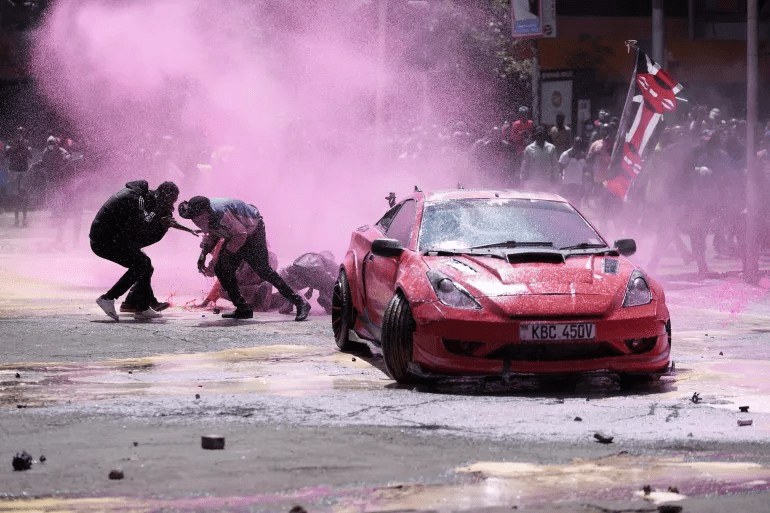
Ruto compared some of the protesters to “criminals” and warned that his government will take a harsh stance against “violence and anarchy” in a late-night press conference. “It is inconceivable and out of order for criminals posing as nonviolent protestors to incite terror against the people, their elected officials, and the institutions established by our constitution and expect to get away with it,” the speaker declared. The level of opposition to the government’s proposed taxes, which was mostly spearheaded by young Kenyans belonging to Generation Z, caught them off guard and resulted in scenes at parliament that were shown live on television.
Pictures of the building that were posted on local TV stations following the rioters’ breach of the barricades indicated it had been looted, with windows smashed and furnishings burned.
Protest organizers advised people to “stay safe” and go home in unison as police opened fire on the enraged throng, scattering multiple bodies on the ground.
“Madness”
An AFP correspondent reported that there was a noticeable police presence outside the parliament early on Wednesday, with the stench of tear gas still there.
A policeman told AFP he had seen the events on TV as he stood in front of the complex’s shattered barricades.
He remarked, “It was madness; hopefully, things will be calm today.”
The demonstrations in several Kenyan cities earlier on Tuesday had been mainly nonviolent.
Later in the day, though, tensions in Nairobi increased when some demonstrators threw stones at police, who first used water cannon and tear gas before opening fire with live ammunition.
Three persons were found bleeding profusely and lifeless on the ground close to the parliament by AFP reporters.
“Brute force” – The disturbances have frightened the world community; the White House has issued a calm down appeal, and over ten Western countries, including Britain, Canada, and Germany, have expressed their dismay at “the scenes witnessed outside the Kenyan Parliament.”
Deep worry has also been voiced by Moussa Faki Mahamat, the chairman of the African Union commission, and UN chief Antonio Guterres.
The president of the Azimio alliance and seasoned opposition leader Raila Odinga charged that the government was using “brute force on our country’s children.”
Human rights advocates have further charged that police had kidnapped demonstrators.
Requests for comment from AFP have not received a response from the police.
Cost of living: When MPs started discussing planned tax increases in the 2024 budget bill last week, long-standing complaints about the growing expense of living erupted.
The government, which is severely short of cash, claims that the increases are necessary to pay off the nation’s enormous debt, which stands at around 10 trillion shillings ($78 billion), or nearly 70% of Kenya’s GDP.
Now that some of the most contentious initiatives that would have impacted automobile ownership, financial services, and mobile sales of bread have been withdrawn, the government plans to raise export taxes and fuel prices.
The Kenyan Treasury has issued a dire warning, citing a 200 billion shilling shortfall in the budget as a result of Ruto’s decision to reverse some tax hikes.
Kenya’s economy is one of the most active in East Africa, but a third of its 52 million people live in poverty.





